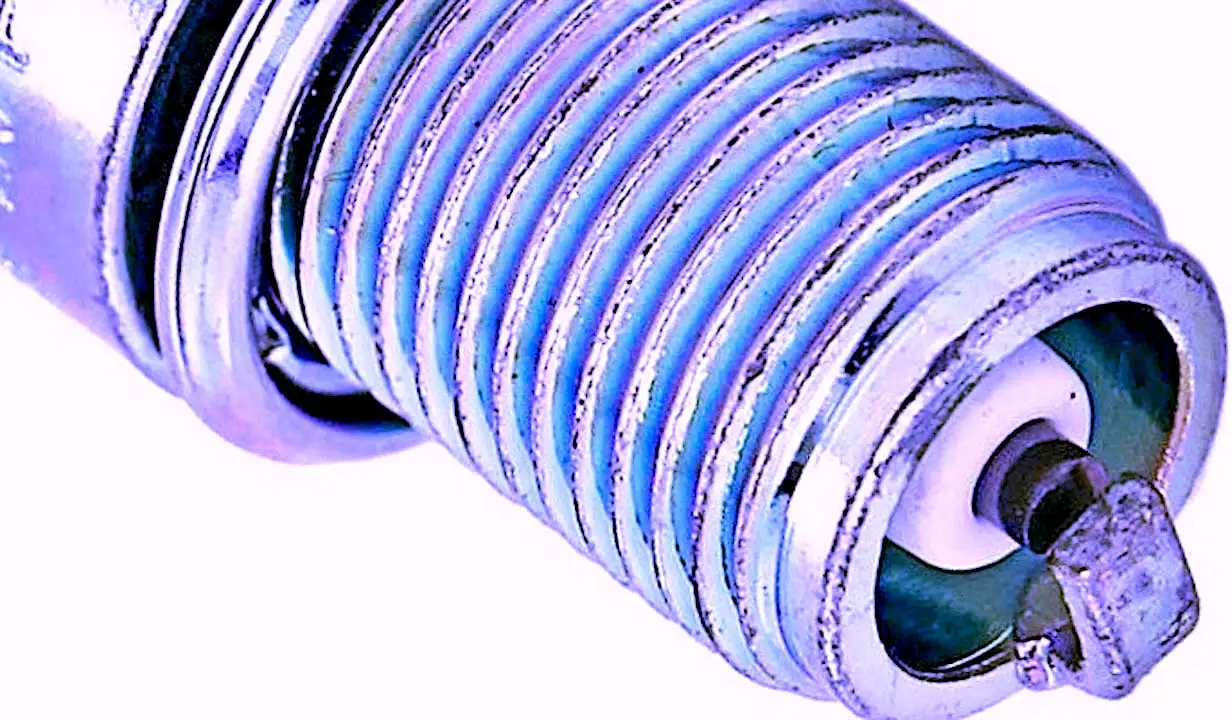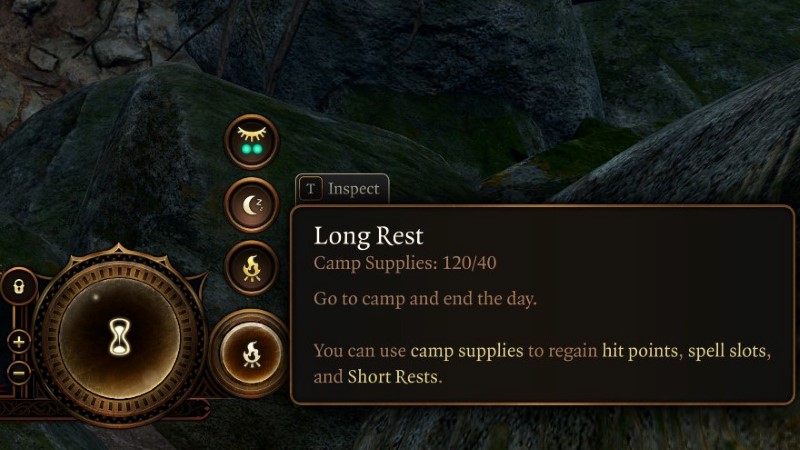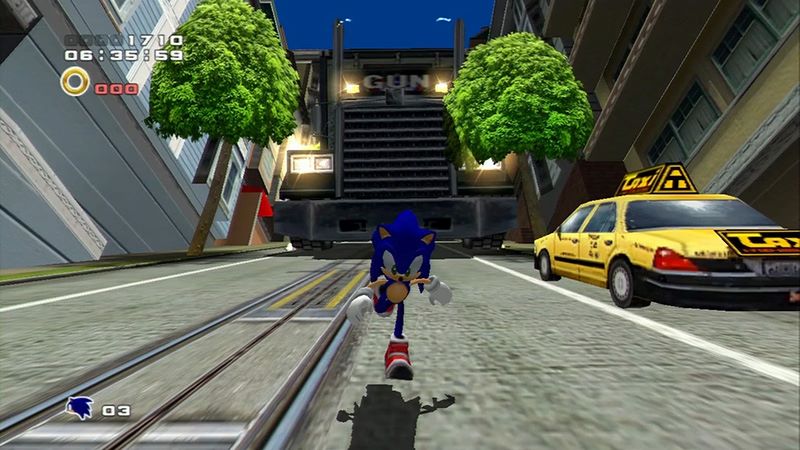

This is a critically important part of your engine, without it working properly, your bike won’t move—unless you roll it down a hill.
Dear MXperts,
I decided to switch from a four-stroke to a two-stroke, but since I brought it home, I have had serious issues getting it to start. I kick and kick and kick, but it rarely fires up. When I ask people why it won’t start, they always asked, “Does it have spark?” I don’t know what that means, because it has a spark plug in the engine. Help!
Spark plugs act as a grounding conductor for your bike’s ignition. Electrical current generated by the magneto is sent to the coil, where it is stepped up in voltage and relayed to the black box. When the piston reaches a calculated position before the piston is at top dead center, the juiced up electrical energy is routed to the spark plug. As the current reaches the plug’s center electrode, it jumps the gap, where it ignites the engine’s compressed fuel/air mixture. The average 250cc machine will ignite the compressed fuel 150 times per second.
The “Fire Triangle” consists of the three elements a fire needs to ignite: heat, fuel and oxygen. A fire can be prevented or extinguished by removing any one of the three elements in the fire triangle. For example, if your spark plug is fouled, there is no “heat.” And thus, no fire in the engine. If you “don’t have spark,” there is nothing to light the compressed fuel and air with.
However, spark plugs can fail. Here is a list of reasons why they fail.
Fuel: Gasoline, like bath water, is a conductor of electricity. Electricity always takes the path of least resistance. If your engine is loaded up (too much fuel in the combustion chamber or lower end), the spark will automatically be conducted by the gasoline down the plug’s porcelain to the grounded plug shell. In short, the spark won’t jump the gap; it will go around the gap.
Oil: If your fuel/oil mixture is poorly mixed or of a bad grade, the spark plug’s flame kernel will not completely burn the oily residue off the plug. Wet oil will coat the porcelain and, in short order, the built-up oil film provides a conductor of less resistance between the electrode and the plug shell.
Carbon deposits: Carbon deposits of unburned oil residue can build up around the porcelain insulator. They prevent the plug from operating at full temperature, which, in turn, doesn’t allow the spark to burn the residue off the plug. Since the built up carbon will conduct electricity with less resistance than the plug gap, the current will be diverted through the carbon to the electrical ground without creating a spark across the gap.
Gap erosion: The spark will always jump the gap from the sharpest edge of the plug’s electrode. Unfortunately, every time the plug fires, it eats away at the electrode and ground strap. When the sharp edge is worn down, it becomes harder for the spark to jump the shortest gap. We are talking about wear at the atomic level (meaning it takes Superman’s eyes to measure it). You should never run a plug long enough for gap erosion to become a performance problem.
Internal damage: Too much compression, bad gas, cheap oil or oddball jetting can create a lean condition in the engine. When the combustion chamber becomes extremely hot, the fuel can be ignited too early by hot spots created by carbon deposits on the plug. This pre-ignition condition, commonly referred to as “detonation,” can damage the spark plug.
External damage: Rough handling or over-tightening can crack the plug’s porcelain and cause the ignition to misfire.
“Spark” refers to whether or not your spark plug is any good or not. In most cases, if your bike absolutely refuses to start, the problem is electrical. The quickest way to find out if it’s electrical is to check the plug for spark. Remove the spark plug from the cylinder head and pop it back into the spark plug cap. Hold the threaded portion of the spark plug against a cylinder head nut and have a friend kick the engine over. While the bike is being kicked over, look inside the spark plug to see if you can see a spark jump across the gap. You may have to cup your hand to provide a shadow.
If you see spark, is it blue or yellow? Blue spark is good. Yellow spark is bad. If you have yellow spark, try a new spark plug. A word of caution: if you mishandle the plug, you could get a mild shock. It’s not enough to hurt you, but it will wake you up.
That’s enough about spark plugs, let’s get to why you can’t start your new two-stroke. Since you stated in the opening sentence of your letter that you were switching from a four-stroke to a two-stroke, you are probably trying to use four-stroke starting techniques. On a four-stroke, you are taught to keep the throttle closed when starting the engine. Great for a four-stroke, but no good on two-strokes. A two-stroke engine needs the throttle to be open. Why? Because two-stroke engines need air to complete the Fire Triangle to generate combustion. The next time you start your two-strokes open the throttle up. Through trial and error, you will find how much to open the throttle, but don’t be afraid to turn it wide open.
ASK THE MXPERTS: SPARK IS NOT THE ONLY THING REQUIRED Motocross Action Magazine.



















You must be logged in to post a comment Login